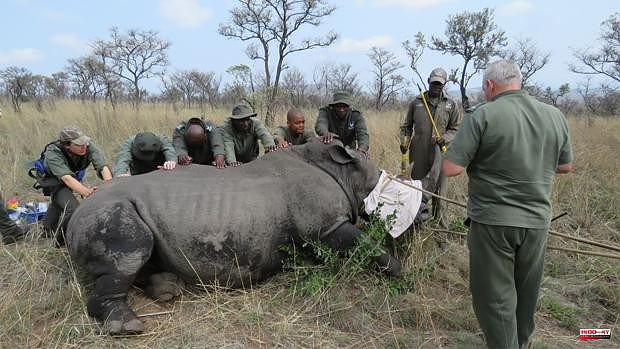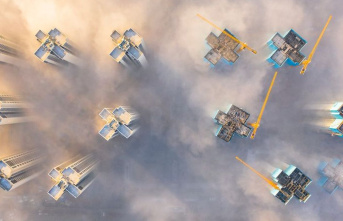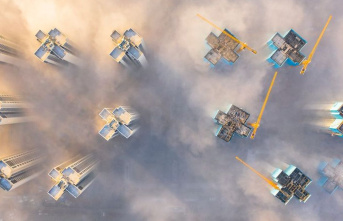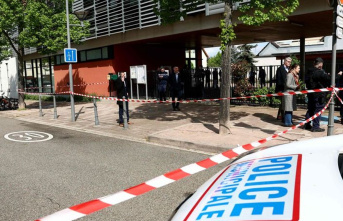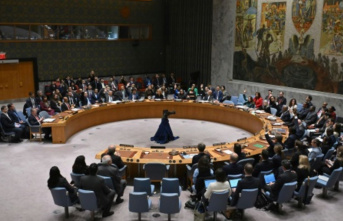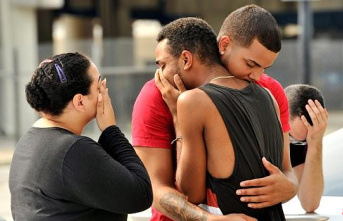“There is no socioeconomic development if nature is not preserved; one drinks from the other, and vice versa. The restoration of disappeared species can be an effective tool to achieve both and that, every time, is more important”, explains Ignacio Jiménez, organizer of the First Global Meeting of Conservation Translocation Practitioners, which closes its doors this Wednesday. For three days, more than a hundred conservationists from all over the world have gathered at the Valencia Oceanographic to share their experiences of decades of work on the reintroduction of wild species.
Translocation for conservation purposes is moving wild species from one place to another to replace those that are extinct or in clear decline. It not only focuses on large and charismatic animals – elephants, lions, rhinos…-, but also on small ones, such as amphibians, fish and others.
Both play an important role in the ecosystem and in the services they provide.
“It is a difficult job to carry out because society and its leaders do not understand how important it is for their well-being to preserve biodiversity. Without their support, there is no possible success”, points out Jiménez. This explains why, although the technical challenges are many (it is complex to move, introduce and survive large mammals such as rhinoceroses and elephants, for example), the main problems facing conservationists is the opposition of local populations and bureaucracy. This is one of the conclusions that has been reached during the intense debate of the conference and that will be compiled in a scientific article signed by all the speakers.
To achieve the necessary complicity of the communities that will house the new animals, it is necessary to take them into account, and proceed according to their customs and culture. Also, it is mandatory to involve as many agents as possible. One of the key links is the women of the local populations. «It is necessary that we explain, train and empower them; The success of the reintroduction will largely depend on this”, points out the member of the Translocation Group for Conservation of the International Union for Conservation of Nature (IUCN).
Another point that has been valued is the experience of the technicians in the field. "It is important to base yourself on the knowledge of the animals with which you want to work and, if there is none, generate it by observing their behavior once introduced," emphasizes Carl Jones, a key figure in the conservation of threatened species in Mauritius, such as parakeets. , kestrels and turtles, among others.
“The problem is that science takes a lot of time and you often have to make quick decisions. That is why it is equally necessary to follow the intuition of those who have spent years in the field facing reality. Technicians who have both profiles are needed: academic and experience”, points out Yadvendradev V. Jhala, promoter of the next reincorporation of the cheetah in India, extinct since the 50s of the last century.
At this point, Astrid Vargas, coordinator of the successful captive breeding program for the Iberian lynx in Spain, emphasizes "the need for female leaders in this field, to reduce the gender gap in nature conservation as well." In addition, the biologist who currently works with butterflies and other pollinators comments “the importance of promoting connectivity between protected areas; for which some collaboration model must be established with the agrarian systems».
Also, the meeting has thrown differences between territories. In areas such as Europe and North America, increasingly depopulated, "the area available for nature is expected to increase, which would encourage translocations to restore them," explains Deli Saavedra, Head of Landscapes at Rewilding Europe since 2012. On the other hand, in Africa, with a skyrocketing population growth, "space will be increasingly scarce, and conflicts between wildlife and humans will be more frequent," says Simon Naylor, who has participated in the reincorporation of a hundred rhinoceroses in Botswana, five lions and thirty rhinos to Rwanda; all of them from South Africa.
Daniel García, director of Zoological Operations at the Oceanogràfic and co-organizer of the meeting, concludes that "centres such as the Oceanogràfic in Valencia can contribute to nature conservation with their knowledge of the species to be introduced, their ability to reach society so that it understands the importance of this discipline and the space where experts from all over the world can meet”.

